Zap-Map, the UK’s leading electric vehicle mapping service, has unveiled Zap-Pay, a new service that enables EV drivers to use a single app to pay for charging across different networks. Engenie, the UK-wide rapid charging network, is the first to be available on the newly formed platform.
In the UK, drivers currently need to use multiple apps and cards to pay to charge on different networks – Zap-Pay attempts to solve the problem by combining any participating networks to work on a single app.
Read next: Can you take an EV on your British summer holiday?
It’s a logical step forward for Zap-Map, as it’s already one of the most-used services by EV drivers; with the addition of Zap-Pay, drivers will now be able to search, plan and pay for their charge in one place.
Buy a car phone mount on Amazon (Affiliate)
Currently, the numerous charging points, methods of payment and networks are overwhelming for most consumers making the switch to an electric vehicle; whereby, users need to sign up to a multitude of services for a single journey – it’s not the case with petrol stations, so why should it be complicated for owners of non-polluting vehicles?
Rachel Maclean, the UK Government Transport Minister, said: “It should be as easy for drivers to charge their vehicles at public charge points as it is to pay for petrol or diesel. This is why I have made services, such as the one launched today, a personal priority as we transition to zero-emission vehicles.
“As the EV market continues to go from strength to strength, journey planning and paying with one app or membership card must also follow – Zap-Pay will help do just that, propelling us towards cleaner towns and cities and a zero-emission future.”
Read next: Volkswagen Passat Estate GTE review: The best hybrid estate?
Despite nationwide networks offering contactless payment methods, drivers currently still need to use multiple apps to charge on different networks. This can, according to Zap-Map, lead to ‘charger anxiety’ – concern about being able to access the right charge point when needed. This is an issue for 68% of EV drivers, according to a recent survey by Zap-Map.
Ben Lane, CTO and joint Managing Director at Zap-Map said: “More people than ever are buying an EV, but providing a seamless charging experience is essential to accelerate this shift, cut carbon emissions and clean our air.
“We already buy much of our shopping with the tap of a finger – Zap-Pay means that EV charging is now the same. No one should need dozens of accounts, apps and cards to charge their car. With one simple app, drivers can now simply plug in and the app manages the rest.”
Read next: Renault Captur E-Tech first drive: The £30,495 plug-in hybrid SUV
The strength of the EV market has grown, with registrations up by 262% in June 2020 year-on-year. In contrast, sales of gasoline-led vehicles have dropped by 35% over the same period.
To support this growth, the EV charge-point sector is set for a 29% year-on-year growth to 2030. There are already more than 12,000 charging locations in the UK – more than the total number of petrol stations (this figure doesn’t include individual pumps, however).
Engenie, the first network that’s available on Zap-Pay, is set to be followed by a wave of network partners, such as ESB EV Solutions, LiFe and Hubsta, in autumn 2020; they’ll all use a simple pay-as-you-go (PAYG) tariff. Zap-Pay will be rolled nationwide in 2021.
Read next: Audi A8 L TFSIe review: The best luxury plug-in hybrid?
Ian Johnston, CEO of Engenie said:”Charging accessibility is critical to accelerating the UK’s transition to electric vehicles. Zap-Pay, a single payment platform for multiple charging networks, complements our commitment to this by adding another convenient choice for customers using our open-access network, which already accepts simple contactless card payment.
“We are immensely proud to be the launch partner for the unveiling of Zap-Pay – the latest step in our shared vision for a consumer-focused EV revolution. With more than 250,000 downloads and 90% of our surveyed EV drivers regularly using the service, Zap-Map is the most used and trusted EV charger mapping tool available in the UK – it is perfectly placed to bring this game-changing solution to market.”
At launch, Zap-Pay will be live on ten Engenie charge points across four locations – Stratford, Gloucester, Chepstow and Bristol. By the end of September, Zap-Pay will be rolled out across the Engenie network of 150+ rapid charge points.
In addition to delivering a simple way to pay for EV charging, Zap-Pay will provide live status updates, charging history, PDF VAT receipts and 24/7 customer support. A support helpline will be provided by EVA Global, an e-mobility service provider.
Zap-Map is also developing new features to support the electrification of commercial fleets and other e-mobility services, which will be rolled out over the next year.
Read next: MG ZS EV review: An affordable all-electric SUV
Donald Hopper, CEO at EVA Global, added: “We’re proud to be working together with the team at Zap-Map to deliver an outstanding, complete and satisfying charging experience. Through this partnership, both companies will be able to build a joint understanding of what the EV driver wants and so drive continuous customer-centric innovation. The result: a supercharged learning cycle that will allow us to deliver on our promise to make driving an EV what it should have always been – intrinsically simple.”
What do you make of unified payment solutions, such as Zap-Pay? Let us know in the comments section below or via social media – we’re on: YouTube, Instagram, Facebook, Twitter and LinkedIn.

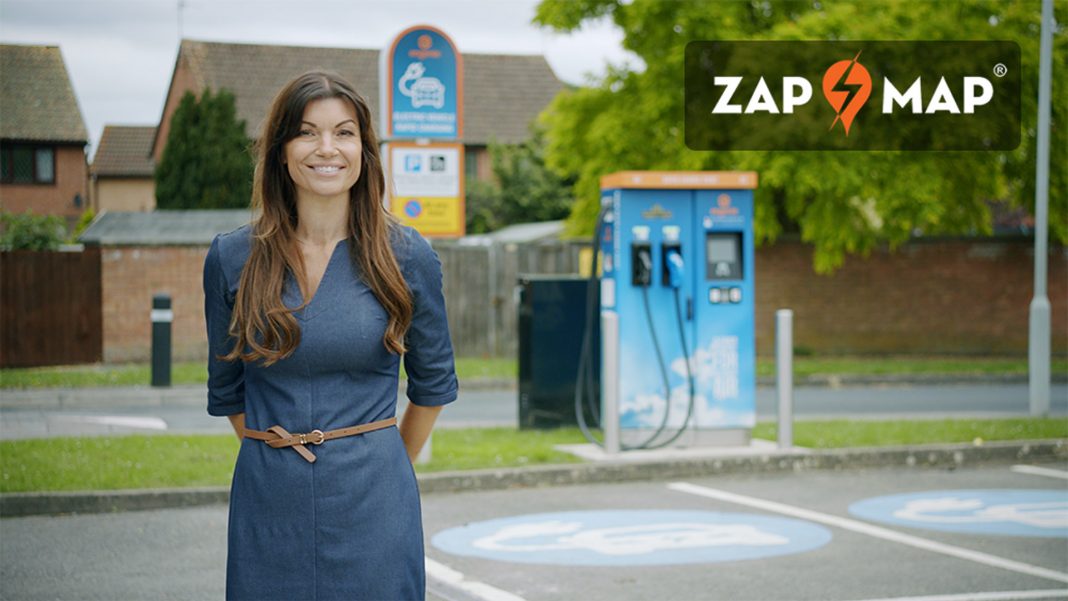
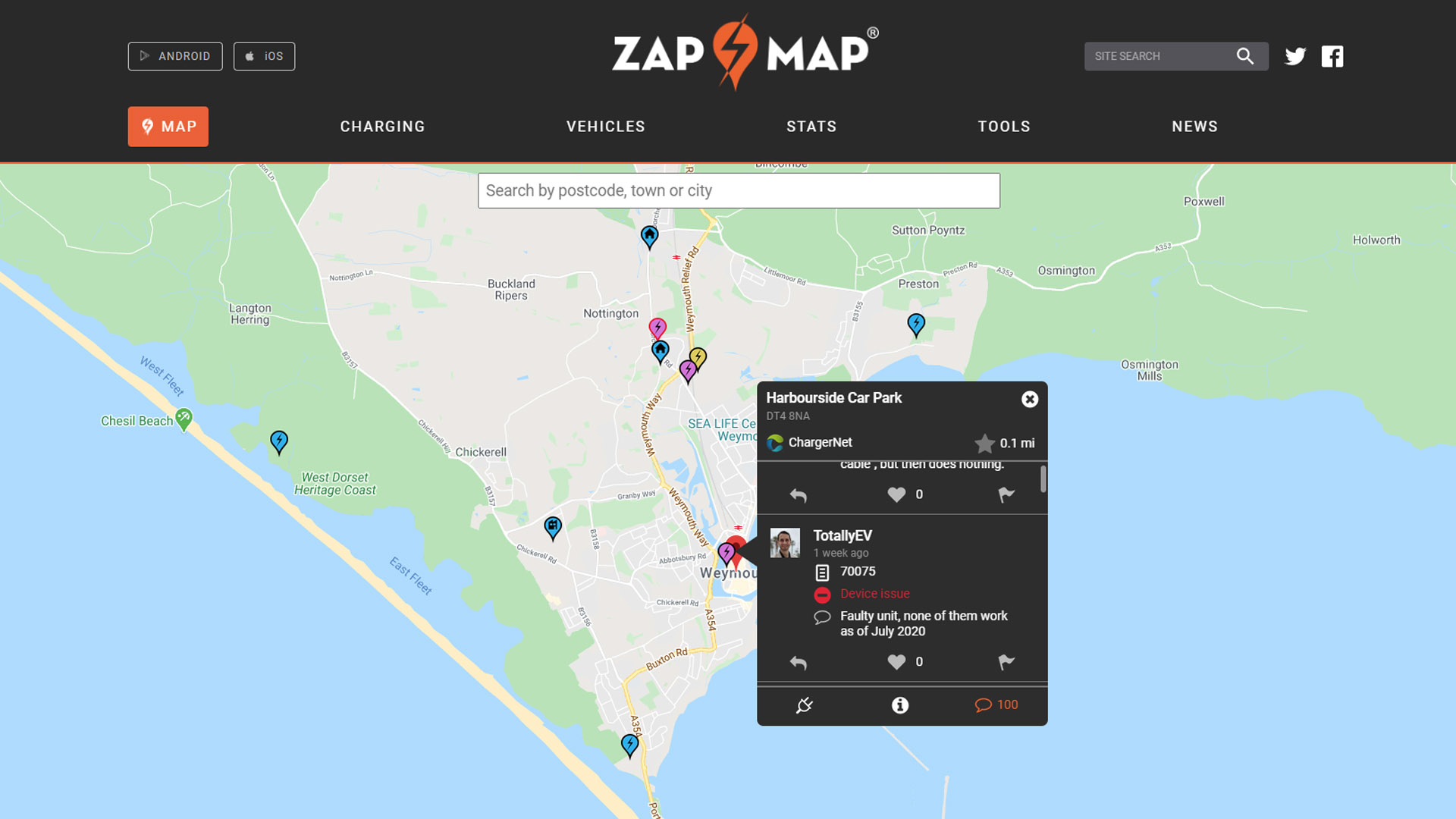
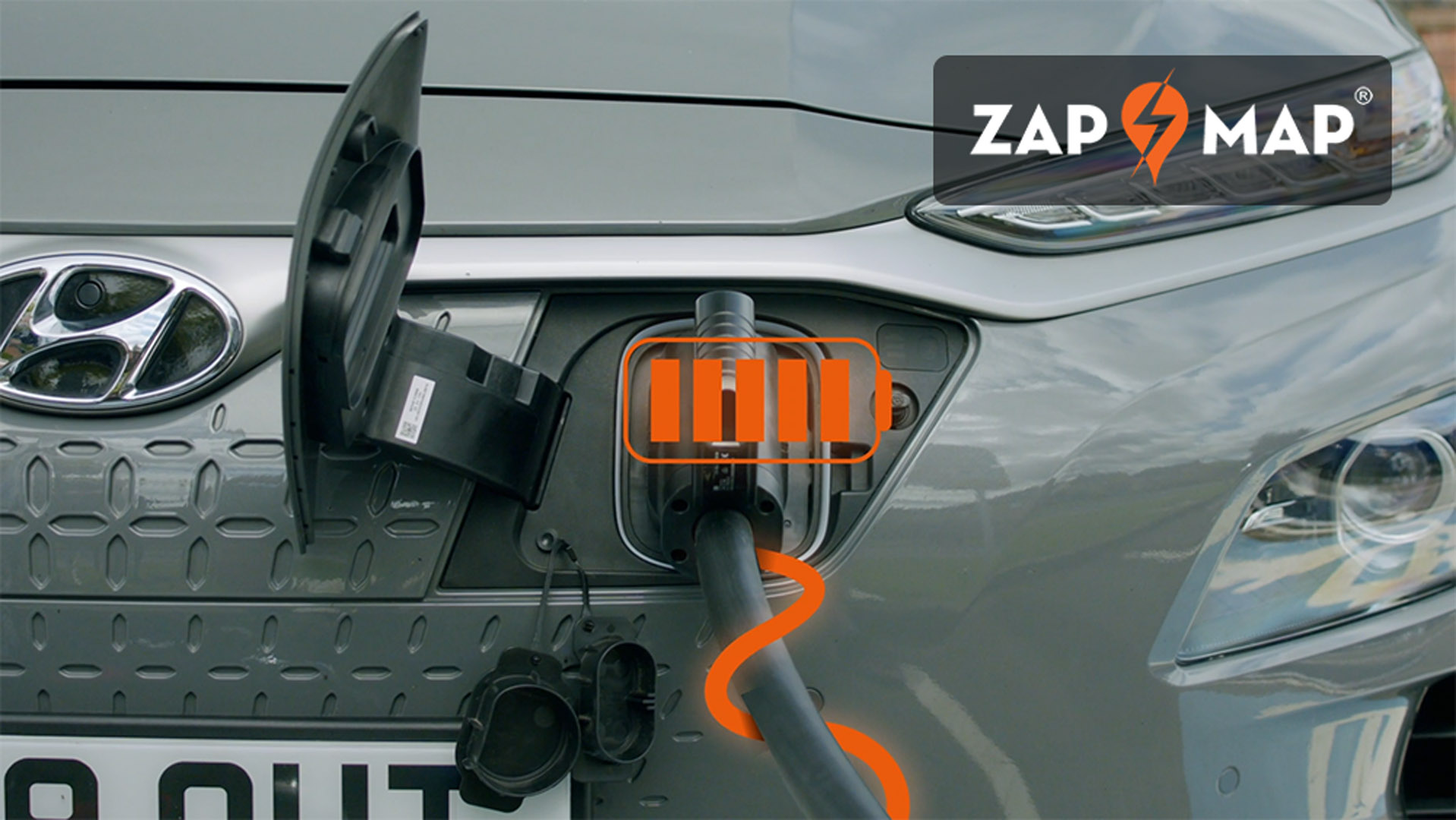
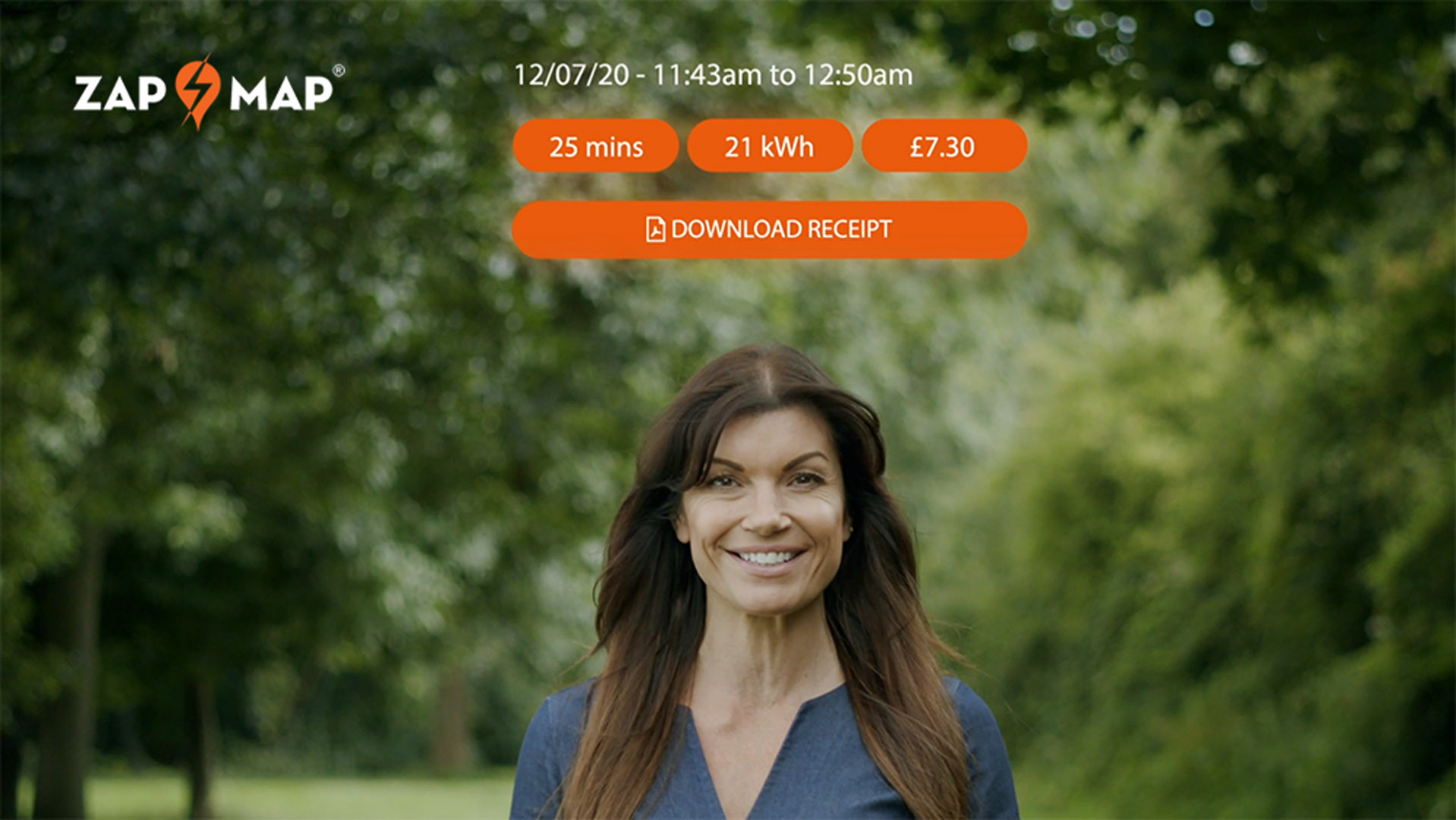
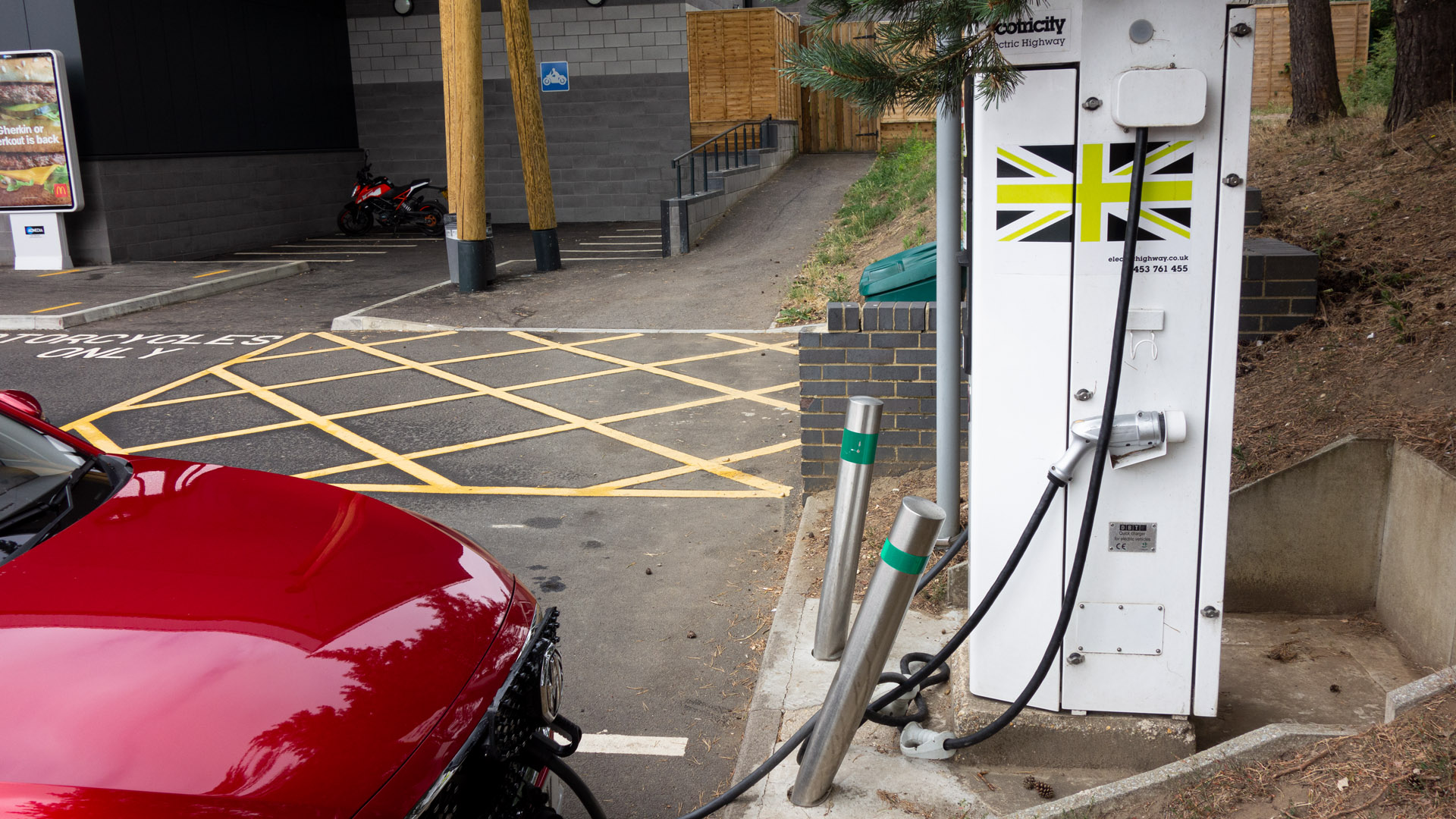




Can someone explain why ev charging networks are still insistent on cards, membership and apps? It makes no sense to me, a user. I just want to swipe my bank card and buy electric. If this was so, this service would become redundant. It’s effectively placing another layer of complication over existing layers to try and simplify it back to how it should be!
That’s seemingly the problem that Zap-Map is trying to solve; as for your point: using your bank card versus a paid membership on pretty much every service operator in the UK will yield a higher charge (presumably due to the costs associated with a debit or credit card transaction)
My point is, if ev chargepoint providers gave the consumer what they wanted (contactless), this service would be redundant. As for the costs associated with contactless 1) I don’t believe this is the case – everywhere takes contactless now and hence the costs have tumbled. I bought an ice cream from a man in a shed on a beach using contactless the other day. And 2) as a consumer I don’t care. I’d rather pay a pound or two more than have the ridiculous faff or memberships, special cards and apps.
Totally get your point, Tim; makes sense as someone who is also a consumer and one that uses contactless payments.
Contactless does incur charges to the seller/vendor, much like chip and pin; it adds a transaction cost. Again, if this was then passed onto the consumer, think, as you mentioned some people won’t mind, whereas others will want the cheapest way to replenish their batteries – for example, charging overnight at home.